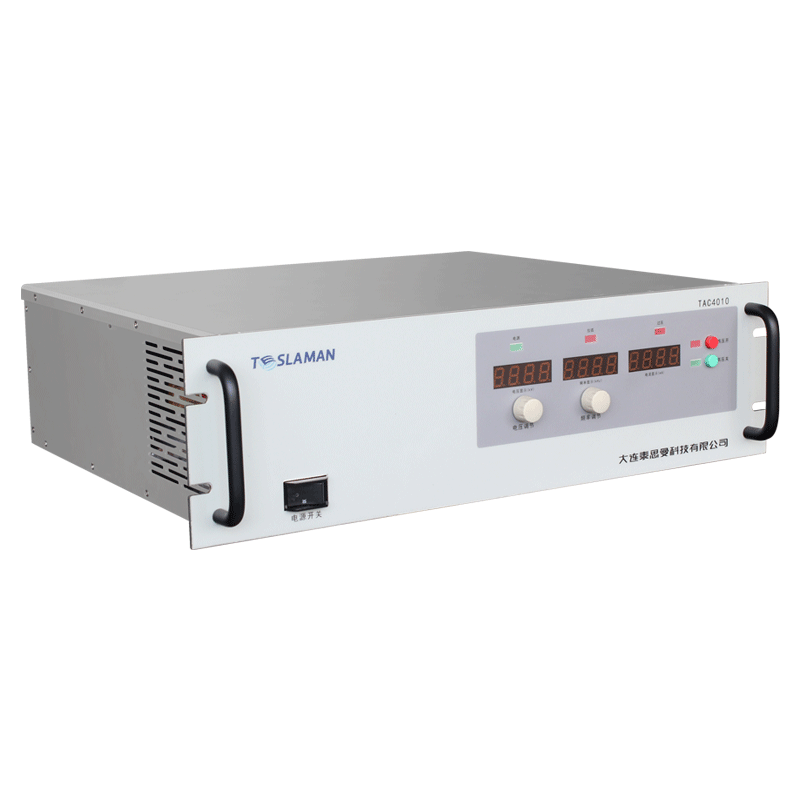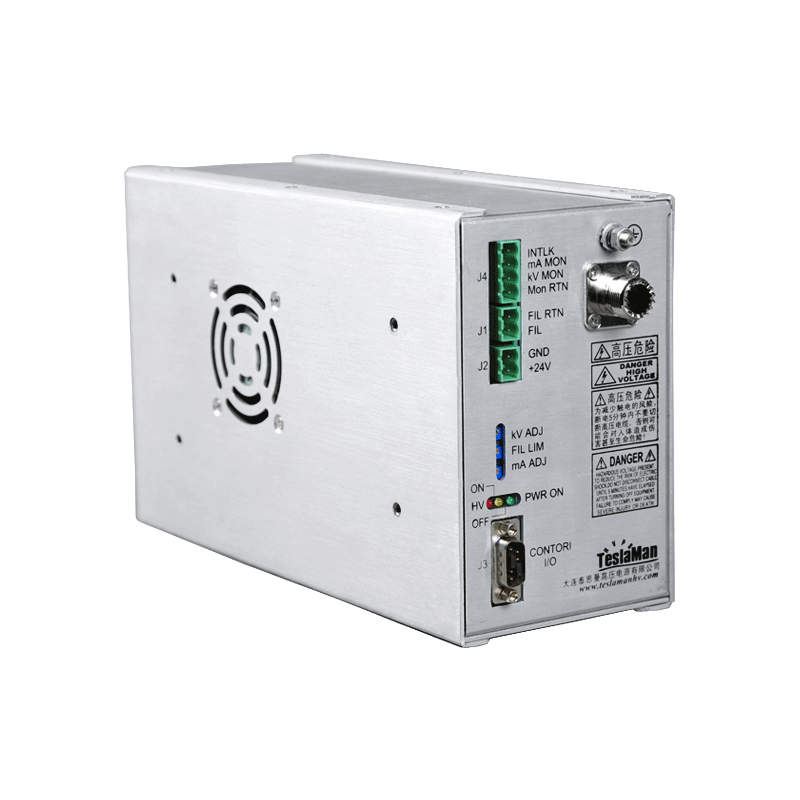Voltage Tuning Techniques for ppm Level High Voltage Power Supplies
In numerous cutting edge scientific research and high end industrial production scenarios, the accuracy requirements for high voltage power supplies have been elevated to the ppm (parts per million) level. As a key to achieving such high precision output, voltage tuning technology plays an indispensable role in ensuring the stable operation and precise control of various devices.
The voltage tuning technology for ppm level high voltage power supplies focuses on the ultra high resolution adjustment of voltage output. Take the ion implantation process in semiconductor manufacturing as an example. The depth and concentration of ion implantation directly depend on the accuracy of the applied high voltage. A slight voltage deviation may lead to significant differences in the distribution of implanted ions in the semiconductor material, thus affecting the performance and yield of chips. At this time, the ppm level high voltage power supply, with its excellent voltage tuning technology, can adjust the voltage to an extremely precise level, ensuring the consistency and accuracy of the ion implantation process.
Achieving ppm level voltage tuning relies on the coordinated action of a variety of advanced technologies. Firstly, feedback control technology is used. High precision voltage sensors are employed to monitor the output voltage in real time and compare the actual value with the set value. Once a deviation is detected, the feedback control system responds rapidly, adjusting the power regulation module inside the power supply to compensate and correct the voltage. This closed loop control method can control the voltage deviation within the ppm level in an extremely short time, ensuring the stability of the output voltage.
Secondly, digital signal processing technology plays an important role in voltage tuning. With the help of complex algorithms, the digital signal processor quickly analyzes and processes the collected voltage data, generating precise control commands to achieve fine tuning of the voltage. For example, the use of adaptive filtering algorithms can effectively eliminate noise interference in the power supply output, further improving the accuracy of voltage tuning.
In addition, the circuit design inside the power supply has also been carefully optimized. High quality, low drift electronic components are selected to reduce voltage fluctuations caused by changes in component characteristics. At the same time, the circuit layout is optimized to reduce the influence of parasitic parameters, ensuring the integrity and accuracy of the voltage signal during transmission and processing.
In practical applications, the voltage tuning technology of ppm level high voltage power supplies shows great advantages. In magnetic resonance imaging (MRI) equipment, precise high voltage regulation can ensure the uniformity and stability of the magnetic field, providing clearer and more accurate images for medical diagnosis. In high energy physics experiments, ppm level voltage tuning of the high voltage power supply required for particle acceleration helps to improve the energy accuracy and focusing effect of the particle beam, promoting the in depth development of scientific research.
In conclusion, the voltage tuning technology for ppm level high voltage power supplies is a comprehensive solution that combines advanced control algorithms, precise circuit design, and high performance sensor technologies. With the continuous progress of science and technology, its application prospects in more fields will become increasingly broad, providing a solid impetus for promoting technological innovation and development in various industries.




















